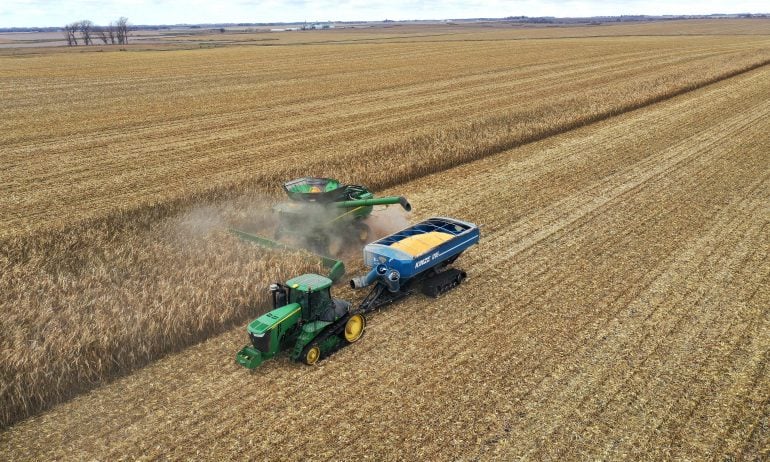What Is the Farm Bill?
The Farm Bill must be passed or extended by Congress every five years in order to fund U.S. agricultural and food programs.

Many, or all, of the products featured on this page are from our advertising partners who compensate us when you take certain actions on our website or click to take an action on their website. However, this does not influence our evaluations. Our opinions are our own. Here is a list of our partners and here's how we make money.
Updated on Dec. 21.
On Dec. 21, Congress extended the Farm Bill by one year, which means multiple programs of the farm bill that were set to expire by Dec. 31 will continue running.
The extension of the current 2018 Farm Bill was part of a continuing resolution to avoid a government shutdown.
Read more below.
If you’re not a farmer, you might not think you need to care about the Farm Bill. But if you purchase or consume any food you haven’t grown yourself, you probably should.
The Farm Bill — the Agriculture Improvement Act — refers to a wide-ranging package of bills that must be addressed by Congress every five years. It covers mandatory and discretionary funding for a variety of agricultural and food programs, which are split into 12 sections, also known as titles. These titles are:
Commodity: Support for commodity crops like corn, dairy, peanuts, rice, soybeans and sugar. It also includes disaster assistance.
Conservation: Programs to support land and natural resources conservation including including land retirement programs, easement programs, working land programs, etc.
Trade: Includes U.S. agricultural export programs and international food assistance.
Nutrition programs: SNAP and other nutrition assistance programs for low-income families such as school lunch programs.
Credit: Direct government loans and guarantees for farmers.
Rural development: Provides grants, loans and guarantees to support multiple areas of rural economic growth such as business, housing and community facilities.
Research, extension and related matters: Supports agricultural-related education and research.
Forestry: Supports conservation programs through the USDA’s Forest Service.
Energy: Provides grants and loan guarantees for developing renewable energy systems.
Horticulture: Supports production of specialty crops, USDA-certified organic foods, hemp, farmers markets and local food programs.
Crop insurance: Authorizes the Federal Crop Insurance Program, which offers subsidized insurance policies to protect farmers against losses.
Miscellaneous: Advocacy and outreach programs; programs for beginning farmers as well as socially disadvantaged farms; and animal health programs.
The title that receives the biggest portion of Farm Bill funding is nutrition — about 76% in the 2018 bill. Nutrition includes the Supplemental Nutrition Assistance Program (SNAP) — food benefits for low-income families once known as food stamps. As of January, 41 million Americans received SNAP benefits, according to the U.S. Department of Agriculture (USDA).
What’s next for the 2024 Farm Bill?
The most recent Farm Bill was passed by Congress in 2018 and expired on Sept. 30, 2023. In November 2023, it was extended until Sept. 30, 2024. On Dec. 21, the provisions that were set to expire on Dec. 31, were extended for one year by Congress.
It’s still anyone’s guess as to when legislators will agree upon a new five-year Farm Bill.
(Photo by Scott Olson/Getty Images News via Getty Images)

